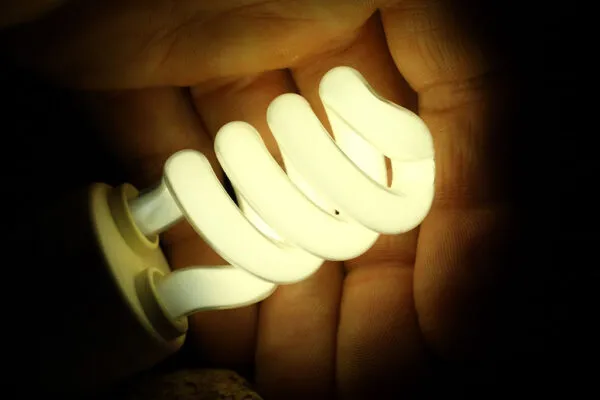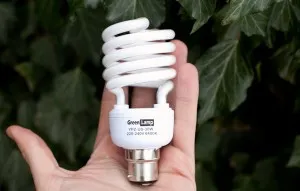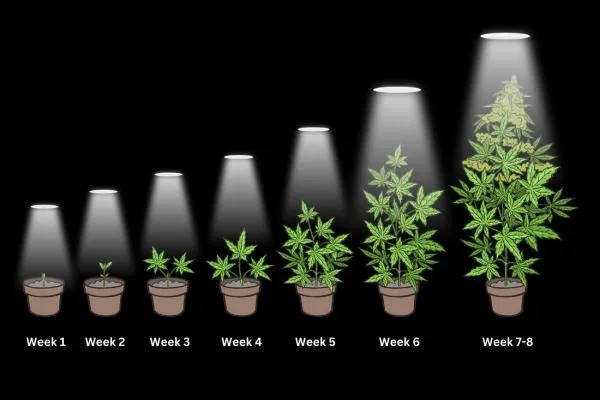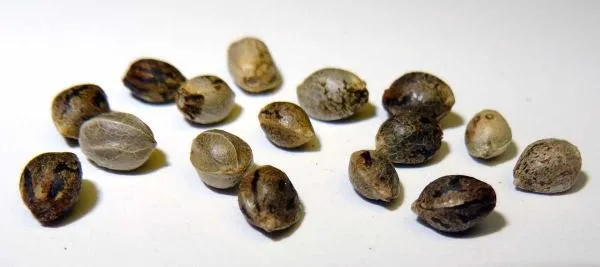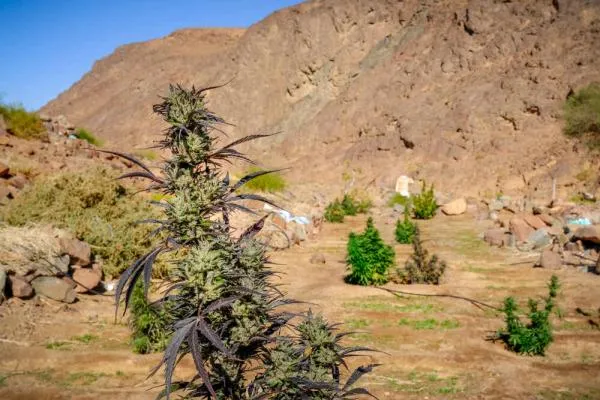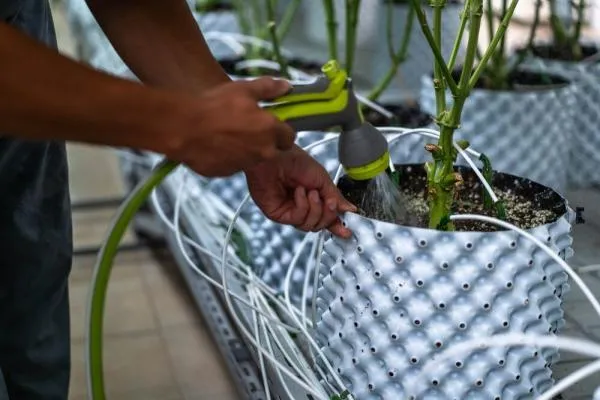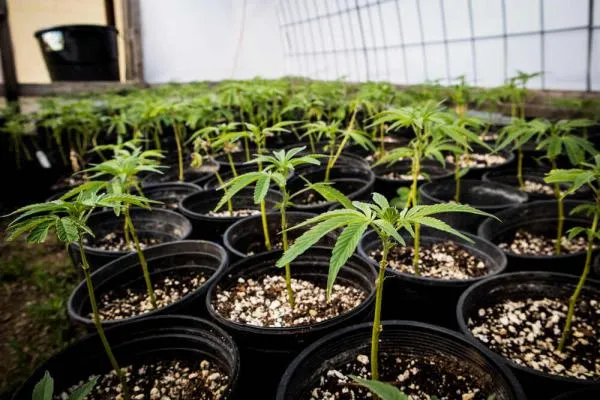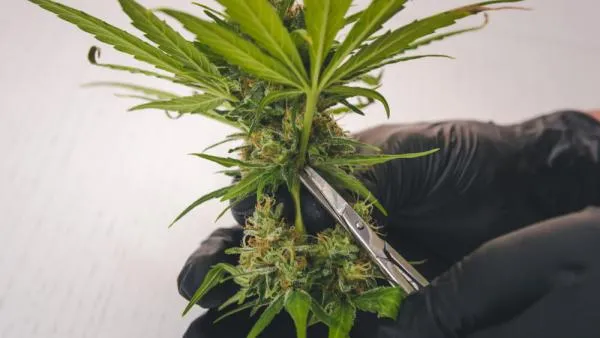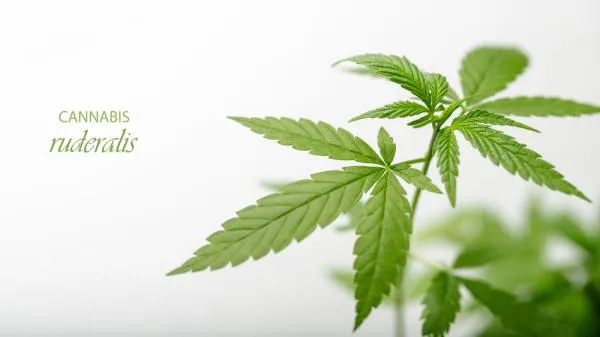MH (metal Halide) and HPS (high pressure sodium) lights usually the first port of call but may not be the best choice for small-scale growers. Some may be put off by the up-front cost and others by the heat they produce and the corresponding need for ventilation and other safety considerations, not to mention the high draw on power, making those energy bills stack up. This often leaves a choice between CFLs and LEDs.
LEDs
More dedicated and/or experienced private growers can now start to look seriously at LEDs. Over recent years they have finally shaken off the quality issues which hindered their adaptation into mainstream lighting. Sadly it is still far from the case that all LEDs are of the same quality. Top-name brands come at a premium price and can be counterfeited, which is why it is essential to use a reputable supplier. It is also essential to understand the specific wattage of any lamp you buy as this varies hugely and some lamps now come with two wattage settings to make it easier for growers to make the switch between the growing and flowering stages. Notwithstanding all this, the reason why quality LEDs are such a good choice for serious growers is that they are hugely energy efficient, so over the long term, their higher up-front cost will be more than outweighed by the savings in electricity. They produce very little heat in proportion to the light energy output which means that large scale cooling or ventilation systems can be down sized or done away with altogether.
CFLs
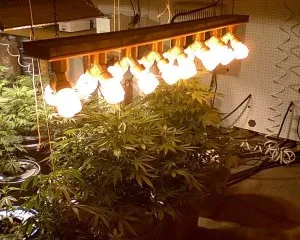 CFLs (Compact Flourescent Lamp) have long been the lamps of choice for small growers as they come at an affordable price and are easy to use. While they do give off more heat during use than LEDs, which run nearly cold, their ventilation requirements are still minimal. The drawback of standard cfl bulbs is that they do not emit as much focused light as other bulbs, hence you need to get more into your grow space to provide an equivalent amount of Lumens as a HID or LED bulb. Many growers have overcome this problem and have even turned it to their advantage by distributing the bulbs around the grow area giving a more even spread and greater penetration of light. They are cheap to buy and cheap to run but if you want to grow more than a few plants you are going to need a lot of them!
CFLs (Compact Flourescent Lamp) have long been the lamps of choice for small growers as they come at an affordable price and are easy to use. While they do give off more heat during use than LEDs, which run nearly cold, their ventilation requirements are still minimal. The drawback of standard cfl bulbs is that they do not emit as much focused light as other bulbs, hence you need to get more into your grow space to provide an equivalent amount of Lumens as a HID or LED bulb. Many growers have overcome this problem and have even turned it to their advantage by distributing the bulbs around the grow area giving a more even spread and greater penetration of light. They are cheap to buy and cheap to run but if you want to grow more than a few plants you are going to need a lot of them!
